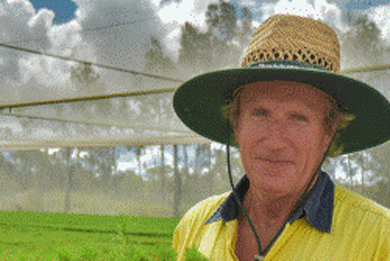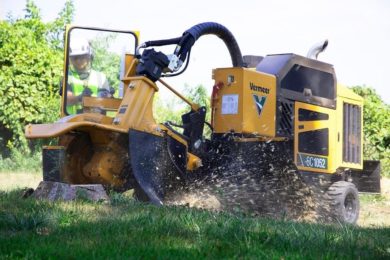Steep terrain harvesting can be expensive and have high safety risks. Mechanised ground-based machines are increasingly being used on steeper slopes to decrease harvesting costs and improve safety by removing the manual tasks of tree felling and choking. Recently, researchers set out to determine whether the slope that the machine was operating on was the same as the actual slope of the machine.
Slope measuring equipment was attached to 22 forest machines to capture real-time measurements of machine slope. 18 studies were completed in pine plantations in New Zealand, and two were carried out in Austria and Norway respectively. Actual terrain slope was calculated using GIS. The machines evaluated were grouped into one of four machine types; felling, shovelling, skidder or “European”. The “European” machines were purpose-built steep terrain machines, whereas the New Zealand felling and shovelling machines were modified excavators.
Interestingly, all the machines studied operated on slopes that exceeded the New Zealand Approved Code of Practice guideline of 17 and 22° slope for these machines. The New Zealand-based machines exceeded the guidelines more frequently, and by a greater amount, than the European-based machines. The results showed that the relationship between machine slope and terrain slope was poor for all machines. This indicates that the terrain slope does not accurately predict the actual slope of the machine. This means that terrain slope is not sufficient on its own for planning purposes, but other aspects such as the specific operator, ground conditions and the machine itself need to be considered.
For more information check out the latest issue of R&D Works.






